Mastercard has unveiled a solution enabling central bank digital currencies (CBDCs) to work seamlessly across different blockchains. In collaboration with Cuscal and Mintable, this innovation was demonstrated in a project with the Reserve Bank of Australia to explore various use cases for CBDCs, enhancing commerce and blockchain connectivity.
Mastercard has revealed a groundbreaking solution that bridges the gap between central bank digital currencies (CBDCs) and various blockchains. Developed in partnership with Cuscal and Mintable, this cutting-edge technology was showcased as part of a pilot initiative with the Reserve Bank of Australia (RBA) and the Digital Finance Cooperative Research Centre (DFCRC). The project encompassed 14 diverse use cases, spanning retail payments, wholesale settlement, and cross-border transactions.
Mastercard’s solution allows CBDCs to be tokenized and integrated with different blockchains, like Ethereum, without compromising central bank control. This paves the way for consumers to use CBDCs in a wide array of blockchain-based activities, from acquiring non-fungible tokens (NFTs) to accessing decentralized applications (DApps).
Furthermore, stringent controls ensure that CBDCs can only be utilized by authorized and risk-assessed parties, as certified by licensed service providers. This establishes a strong foundation of trust and security for both central banks and CBDC users.
Mastercard recently demonstrated the solution’s effectiveness in a live environment by enabling a pilot CBDC holder to purchase an NFT on the Ethereum public blockchain. The process involved the conversion of the pilot CBDC into wrapped tokens on Ethereum, with all parties involved duly verified and authorized. This breakthrough could herald a new era of cross-blockchain commerce, providing consumers with more options in the digital currency landscape.

